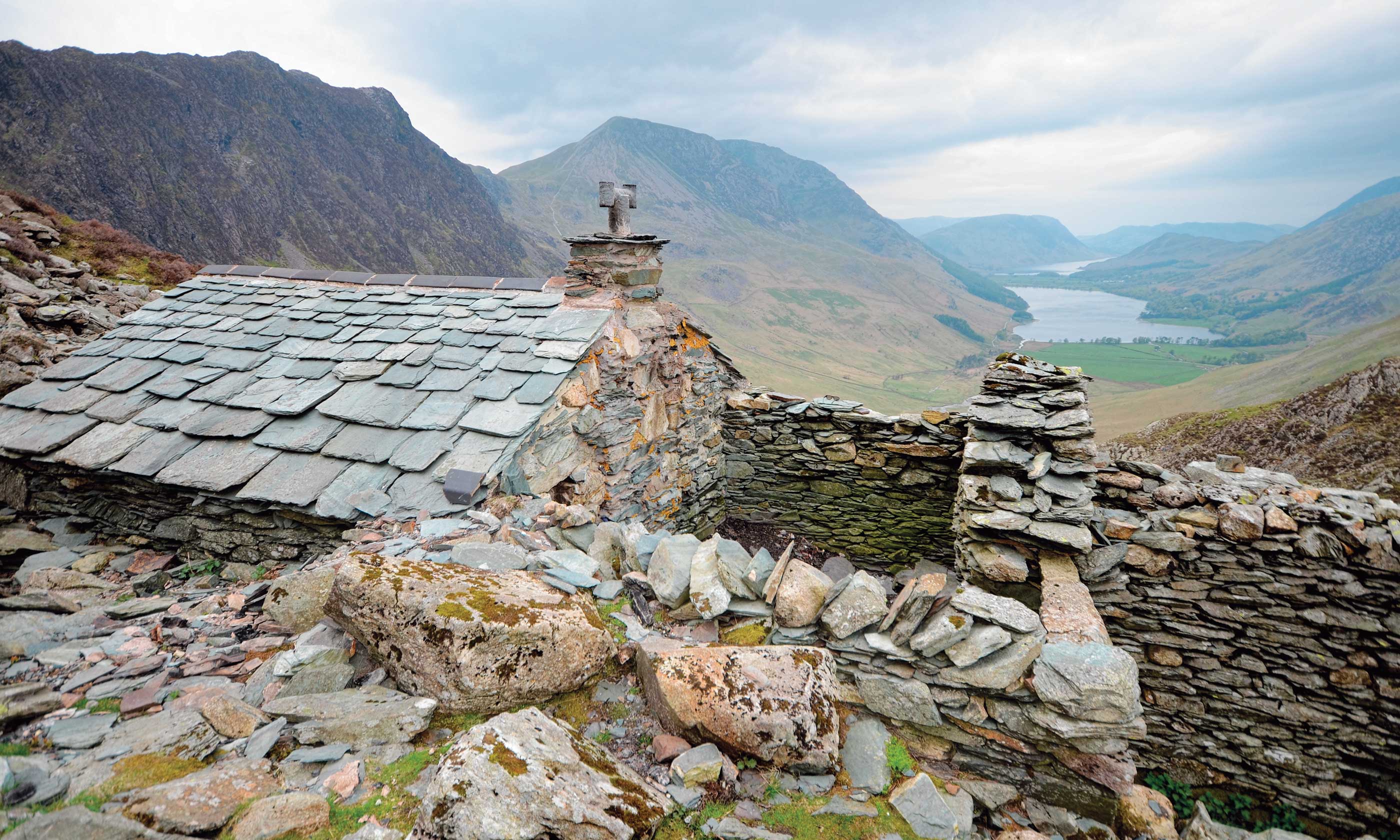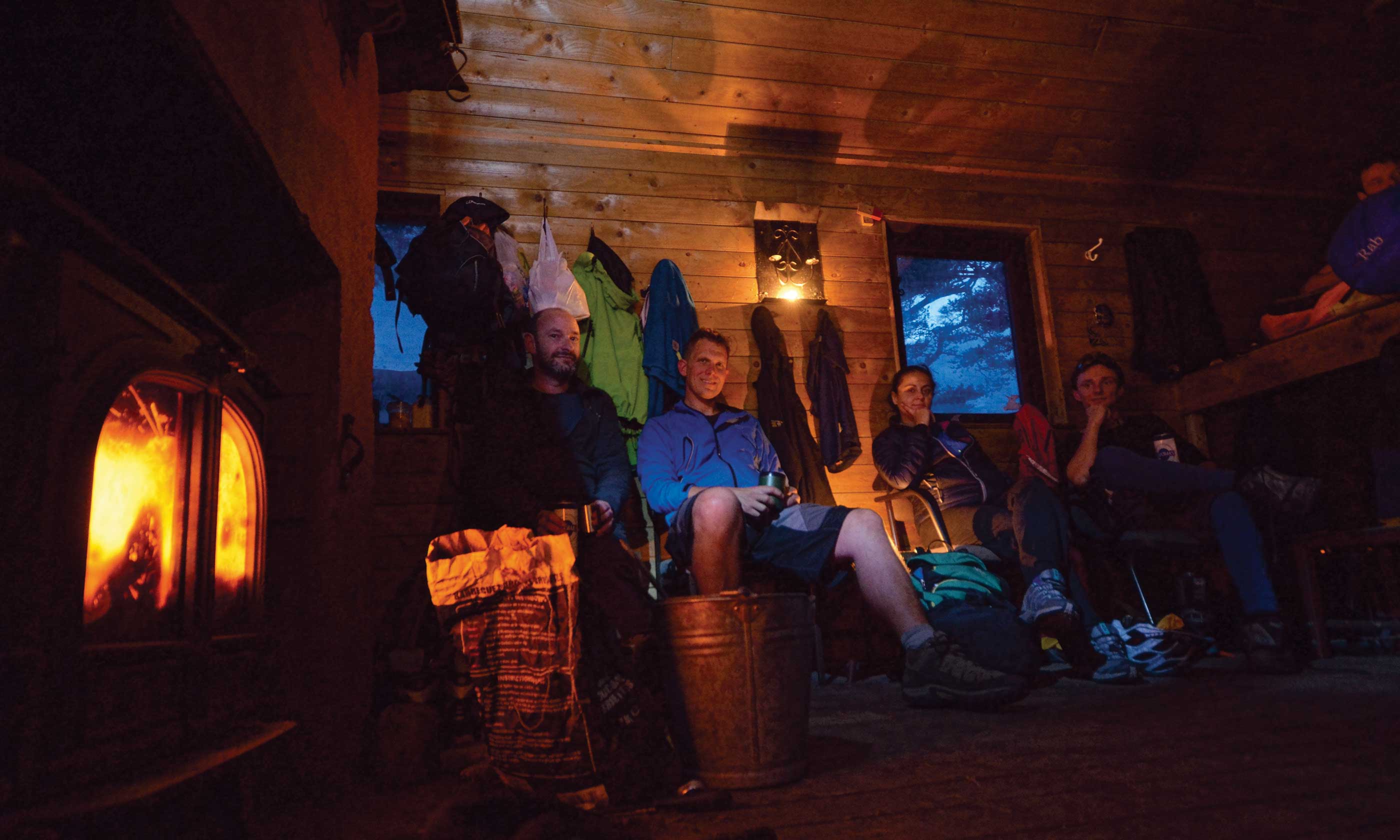
Across Scotland – and parts of England and Wales – there is a network of old buildings with incredible views and access to wild places that you can stay in, for free…
The air buzzed with conversation. “Where have you come from?” a Scottish voice quizzed. “We’re hoping to cycle to the top of the mountain,” an Australian told two English brothers. While a New Zealander and I chatted about our favourite South Island walks.
Then, the door creaked open. Conversation momentarily stopped while we all eyed up these latest arrivals: a German man and his two Polish friends. “We brought coal!” he announced, and the whole room burst into cheers.
It sounds like an international hostel in just about any big city; a common room filled with strangers meeting and sharing stories. But in fact we were in Scotland on the banks of the Lui Water, in the Cairngorms National Park, in a building known as a bothy.
There were no wardens, no booking systems, no payments being made. Bothies, you see, are shelters left open for outdoor lovers to use all over Scotland (and parts of England and Wales) – for free.
I’ve been accessing this network of shelters for the past ten years, but know how novel the idea can sound to the uninitiated. The notion that a landowner would leave one of their buildings unlocked for people to sleep in, but not charge for the privilege, sounds crazy.
And the idea that an entirely donation-funded and volunteer-run organisation – the Mountain Bothies Association (MBA) – exists purely to raise money to maintain and furnish these buildings sounds even more unlikely. But such is the case, and this year the MBA celebrates its 50th anniversary.
Alpenvereinshütten, chatas, wilderness huts, backcountry bunks – even if you’ve never stayed at a British bothy you’ve probably heard of one of their foreign cousins.
The idea of staying out in a hinterland cabin is not a new one. The Swiss Alpine Club has built huts for climbers and walkers since 1863; the Appalachian Mountain Club in North America constructed its first backcountry shelter in 1888.
And places around the world, from Norway to New Zealand, Poland to Patagonia, are home to networks of cabins that provide beds for weary travellers. Where the bothies in Britain differ is that they were never built for that purpose.

Become a member
If you plan to use MBA bothies, it’s recommended that you join, to be kept informed of the latest news/openings/ closures and give something back. A year’s membership costs £20 (under-16s and over-60s: £10). See mountainbothies.org. uk for details and to donate.
Everyone is welcome
It’s not first come, first served; bothies are there for everyone to use, so try to accommodate anyone who turns up. No one should be left out in the cold.
Be prepared
Always take a tent or bivvy bag with you in case the bothy is full/closed/ damaged. Or in case the weather is so good you’d rather camp.
Don’t outstay your welcome
The whole point of staying in a bothy is to gain access to wilder places, so get there, stay the night, then move on. Any more than two nights in the same place requires permission. Group numbers should never exceed six. If the estate closes the building temporarily, respect its wishes.
Use the shovel
Very few bothies have toilets so when you need to go, go responsibly. This means digging a hole (15cm deep) at least 200m away from the bothy and at least 50m from any watercourse, and then filling it in afterwards. Carry out all toilet paper and sanitary products. If the bothy does have a toilet, follow its flushing instructions to the letter.
Leave the bothy in a better state than you found it
Take out all rubbish (even if it’s not yours), don’t leave behind opened food (it can attract mice) and sweep up any debris from the fire. If everyone leaves them clean, everyone finds them clean.